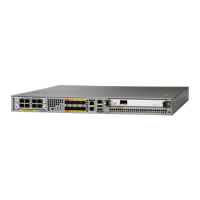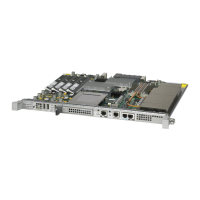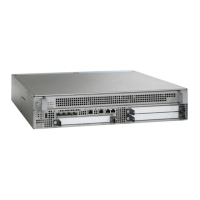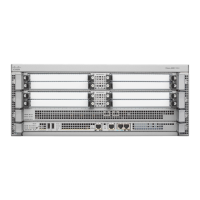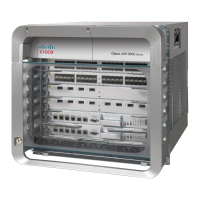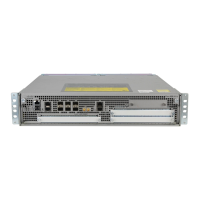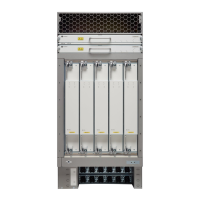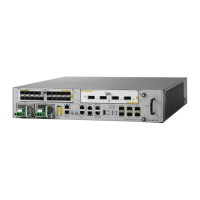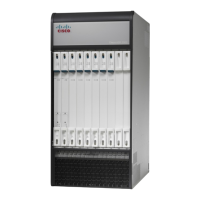4-8
Cisco ASR 1000 Series Aggregation Services Routers Software Configuration Guide
OL-16506-10
Chapter 4 Software Upgrade Process
ISSU Upgrade for Redundant Platforms
Examples
The following example shows how to perfrom consolidated package upgrade in a dual route processor
configuration:
Router(config)# ip tftp source-interface gigabitethernet 0
Router# copy tftp bootflash:
Step 7
telnet ip-address port
Example:
[unix-server-1 ~]$ telnet 172.17.52.157 2003
User Access Verification
Username: user
Password: ********
Router>
Log in to the RP being upgraded, preferably using
the RP’s console port, to complete the upgrade. (This
is the new active RP, that was the standby RP prior to
the ISSU process.)
Note Ensure the hostname does not end in “-stby”
after logging into the RP, as this indicates
that the RP being accessed is still the standby
RP.
There are many ways to log on to a console port. The
example shows access to the console port from a
UNIX host using telnet.
Step 8
issu acceptversion
Example:
Router# issu acceptversion
(Optional) Stops the ISSU rollback timer.
This step is optional as long as Step 9 is completed
before the rollback timer expires.
Step 9
issu commitversion
Example:
Router# issu commitversion
Completes the ISSU upgrade.
Step 10
show version
show version active-RP running
show version active-RP provisioned
show platform
show running-configuration
(Optional) Enter the show version, show platform,
or show runnning-configuration commands to
confirm that the upgrade completed successfully, as
follows:
• show version—Confirm that the correct
software version is running on your router and
that the RP was booted from the correct file.
• show running-configuration—Confirm that
the booting configuration, in particular the boot
system statements, are correct.
Tip Use the show running-config | include boot
command to display only the boot statements
from the show running-configuration
output.
• show platform— Confirm that both RP0 and
RP1 are correctly running as active and standby.
Step 11
hw-module slot RP-slot reload
Example:
Router# hw-module slot R0 reload
Reload the new software on the Standby RP.
Command or Action Purpose
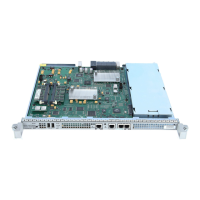
